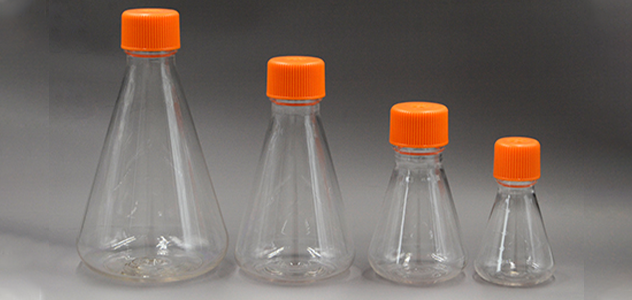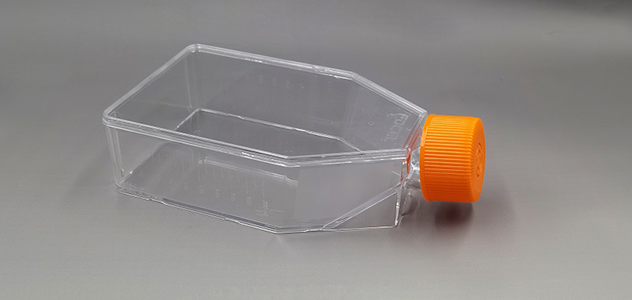Laboratory consumables are the tools that are consumed during the experiment. There are many kinds of them. According to the materials of consumables, they are divided into three categories: glass, plastic and metal. Among them, plastic has gained more and more advantages due to its excellent performance and convenient molding. More and more widely used. Common materials include the following categories:
PP (polypropylene): translucent, chemical and temperature stability is better, the hand feel is stronger than PE, and can be used at about 100 degrees, but it becomes brittle at low temperature, not abrasion-resistant, easy to age, corrosion-resistant, common acid, Alkaline organic solvents have little effect on it.
PE (polyethylene): opaque, strong toughness, anti-aging, light weight, non-leakage, soft texture, and does not react with acetone, acetic acid, hydrochloric acid, etc., relatively stable, and easy to soften at high temperatures.
PS (polystyrene): transparent, high hardness, with a glass transition temperature higher than 100 ℃, stable to most aqueous solutions, but will be corroded by a variety of organic substances.
PC (polycarbonate): It has high strength and elasticity, high impact strength, good transparency, high hardness, and can be sterilized at high temperature, but it is not resistant to strong acids and alkalis and some organic solvents such as alcohol.
PETG (polyethylene terephthalate): its products are highly transparent, good toughness, suitable for forming thick-walled transparent products, PETG has excellent processing and forming performance, and can be designed in any shape according to the designer’s intentions. Traditional Extrusion, injection molding, blow molding and blister molding methods.
The above are common laboratory consumable materials. With the improvement of people's self-protection awareness, fragile glass consumables are gradually replaced by plastic materials and become common materials for consumables.
The FAI climbed 5.9 percent year-on-year in the first 11 months of 2018, quickening from the 5.7-percent growth in Jan-Oct, the National Bureau of Statistics (NBS) said Friday in an online statement.
The key indicator of investment, dubbed a major growth driver, hit the bottom in August and has since started to rebound steadily.
In the face of emerging economic challenges home and abroad, China has stepped up efforts to stabilize investment, in particular rolling out measures to motivate private investors and channel funds into infrastructure.
Friday's data showed private investment, accounting for more than 60 percent of the total FAI, expanded by a brisk 8.7 percent.
NBS spokesperson Mao Shengyong said funds into weak economic links registered rapid increases as investment in environmental protection and agriculture jumped 42 percent and 12.5 percent respectively, much faster than the average.
In breakdown, investment in high-tech and equipment manufacturing remained vigorous with 16.1-percent and 11.6-percent increases respectively in the first 11 months. Infrastructure investment gained 3.7 percent, staying flat. Investment in property development rose 9.7 percent, also unchanged.
 English
English




















































